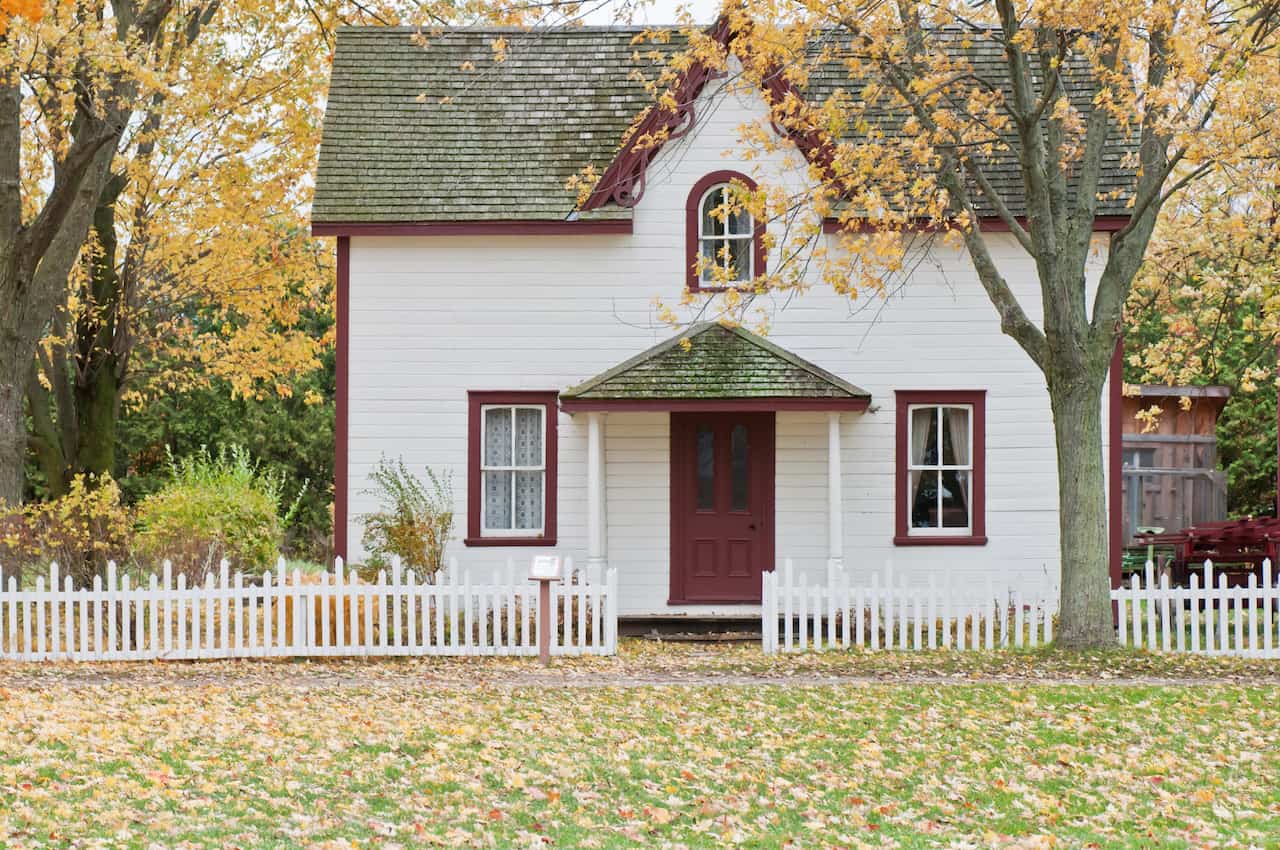Once you sell your investment property, you need to pay taxes on any gains. That is true unless you utilize a 1031 exchange. Besides the common tax deduction methods, this is a precious tax deferral strategy that enables an investor to sell a business or investment property and replace it with another property without any taxes on capital gains. Rather than paying the taxes on the sale, the investor is permitted to use the funds to purchase a new property and delay the taxes until the future sale. A 1031 exchange can be compared to a loan from the federal government for the purchase of an extra income-generating estate.
Several IRS provisions must be satisfied in order to apply for this cost-cutting benefit. You cannot directly sell the property and purchase another investment property immediately after. This transaction doesn’t qualify you for a tax deferral since a sale occurred – not an exchange. Here are the basic requirements you should know
What Is a 1031 Exchange?
A 1031 exchange is a method to sell a property and avoid immediately paying taxes. The concept behind it is that you will use any earnings into the subsequent purchase of a new property. This allows you to delay paying taxes until you do another 1031 exchange or sell your new property.

Why Would You Do a 1031 Exchange?
This mechanism gives you more purchasing power. Instead of paying taxes on the gains, and then using whatever is left for your next investment, you can defer paying taxes. The capital gain taxes can be up to 20% depending on the total gains from the sale. 1031 exchange provides you with a significant leverage and wiggle room in your investment decisions.
Who Can Do a 1031 Exchange?
A 1031 exchange can be performed with the real estate that is used for investment or for business. It cannot be arranged with your home or personal residences.

Who Holds the Money?
Due to the legal provisions of the IRS code, you cannot personally manage any funds you acquired from the sale of the original property. The general IRS safe harbor provision is that this money must be held by a qualified intermediary in an escrow account until it is utilized to buy the replacement property. In the instance, if the seller receives cash for the deal, it is regarded as “constructive receipt” and would cause a taxable event on those monies received.
The qualified intermediary is a sovereign unbiased 3rd party (it can’t be your relative, friend, broker, agent, attorney or accountant) who locks the sales funds and represents you during the acquisition the replacement property. It is essential in a modern market to cooperate only with reliable, insured, certified and qualified intermediaries.
To grasp the complete definition of who IRS considers a qualified intermediary, please read the § 1.1031(k)-1(g)(4) of the Treasury Department regulations.
What Requirement Do You Have to Fulfill?
To apply for a 1031 exchange, you have to buy another investment property that is of similar or greater value than your original property. You need to use any earnings from the earlier property sale to acquire the new property. The new purchase must be regarded as a “like-kind” investment.
![]()
Like-Kind?
Like-kind is a vague term, but it only signifies replacing one sort of investment with a similar sort of investment. From the real estate standpoint, it does not have to be precisely the same kind of property; it just has to be used for investment purposes. For instance, if you sell a single-family home, you can buy any other kind of real estate that can be deemed an investment. It can be another single family home, a commercial property, a plot of and or an apartment.
How Much Time Do You Have for a 1031 Exchange?
The tricky part of doing a 1031 exchange is that you have a limited amount of time to identify and close the deal on the replacement property.
Identification period
When conducting a 1031 exchange, you have a 45 day to identify potential properties that you would like to purchase. Right after the sale of your original properties, there are 45 days to identify items you want to purchase during the exchange.
Closing period
After you selected the properties, you have another 135 days to close the deal on the replacement properties or property.

Tips for Finding Replacement Property
Document your choice
1031 exchange implies a multi-step filling procedure. First, for a property to be considered a replacement property, you must identify those properties, or property, in writing by the end of the 45th day after the sale. You have to include a property address, a description of the property and a legal title of the property.
You need to sign this document and deliver it to your qualified intermediary, who is handling the profits from the original property. Alternatively, it can be handed to an escrow agent, the seller of the second property or another qualified intermediary.
How to Select Replacement Properties?
There are two choices during the search for the replacement property.
- 200% Rule: In this approach, there is not a maximum number of properties that you can identify. Rather, the total fair market value of the properties that you have chosen should not exceed 200 % of the fair market value of the items that you sold for an exchange.
- 3 Property Rule: You can determine a maximum of three potential replacement properties. In this scenario, it does not matter what the fair market value of the properties is.

Is There a Limit for 1031 Exchanges?
The IRS does not establish any limit on the number of 1031 exchanges an entrepreneur can perform. For as much as you are selling real estate and then reinvesting the earnings from that capital into another like-kind investment, you can use the 1031 exchange and defer any tax consequences.
Nevertheless, if you are performing a lot of 1031 exchanges, you can be labeled as a dealer, and your investment properties would be considered similar to stocks that traded on exchanges.
This would disqualify you from the 1031 exchange program. In order to fix this, you would have to demonstrate that you are using these properties as investments in order to keep using this IRS mechanism.
Mariia Kislitsyna
Mariia serves as editor-in-chief and writer for the Rentberry and Landlord Tips blogs. She covers topics such as landlord-tenant laws, tips and advice for renters, investment opportunities in various cities, and more. She holds a master’s degree in strategic management, and you can find her articles in such publications as Yahoo! Finance, Forbes, Benzinga, and RealEstateAgent.